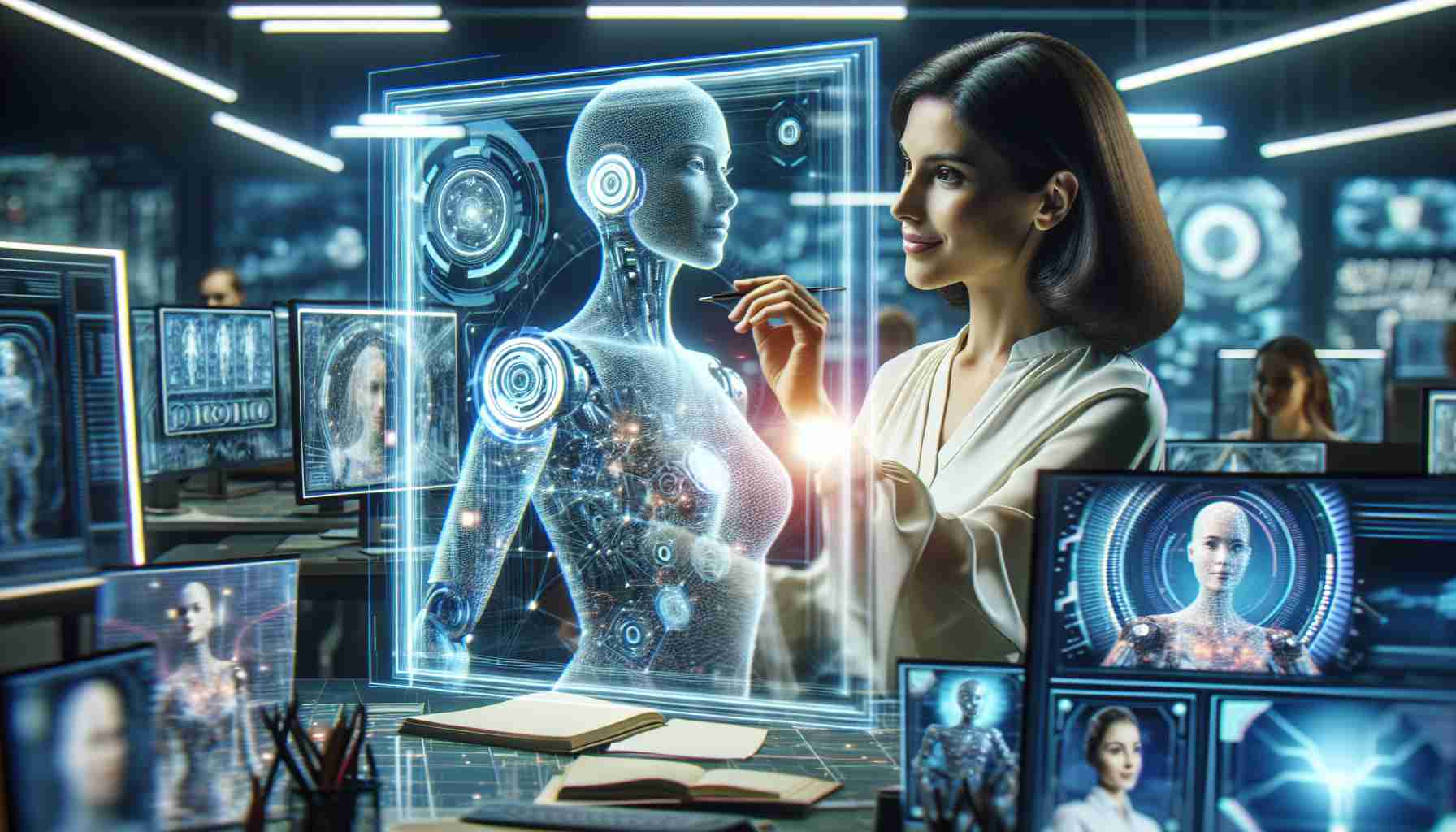When considering the transition to solar energy, many homeowners and businesses often wonder if solar panels can effectively generate electricity on cloudy days. It’s a common query with an affirmative answer—yes, they can!
Solar panels work by converting sunlight into electricity through photovoltaic cells. These cells are sensitive and can capture not just direct sunlight but also diffuse sunlight, which is the type that filters through clouds. This means that while the output is lower than on clear days, solar panels do continue to produce power even when it’s overcast.
On cloudy days, solar panels will usually generate 10-25% of their typical output. This performance can vary depending on the thickness of the cloud cover and the type of solar panels installed. Advances in photovoltaic technology have resulted in designs that can optimize the capture of available light, allowing panels to function efficiently under diverse weather conditions.
It’s also noteworthy that some regions with frequent cloud cover, like parts of Germany, are leading the way in solar energy adoption. This underscores the viability of solar power systems in less-than-ideal weather conditions.
Moreover, solar energy systems often come with battery storage solutions, which ensure a continuous power supply even when solar generation is low. By storing excess energy produced during sunny periods, batteries can compensate for times when sunlight is scarce.
In conclusion, while clear, sunny days provide optimal conditions for solar energy production, solar panels remain a viable and effective source of electricity even on cloudy days. This makes solar power a dependable component of sustainable energy solutions worldwide.
Reveal the Hidden Truth About Solar Power: Can It Sustain Us on Cloudy Days?
Surprising Ways Solar Power Transforms Cloudy Regions!
While many understand that solar panels can function on cloudy days, there’s more to how this global shift to solar energy affects people and the planet. Did you know that countries famed for overcast skies, like the UK and parts of Scandinavia, are seeing rapid solar adoption? This counters the myth that consistent sunshine is necessary for solar success. In fact, these regions are deploying innovative technology to amplify solar efficiency even under grey skies.
Economic and Social Impacts of Solar Technology
Solar energy’s rise is not just a technological marvel; it’s reshaping economies. Community solar projects are on the upswing, particularly in regions with less sunlight. These initiatives lower electricity costs and democratize energy access, alleviating energy poverty in economically challenged areas. By pooling resources, communities can install large solar arrays, which are too expensive for a single household.
Is Solar Truly Reliable During Storms?
Yes! During storms, solar panels may produce less electricity, but combined with battery storage, they provide a reliable power source. Think of residential batteries as night-saving investments; they store sunshine like a savings account, cashing in when clouds overdraw direct solar supply.
Embracing Cloudy Conditions: A Smart Solution?
With advancing technology, what seems counterintuitive becomes practical. Can solar work in cloudy weather? Absolutely! For further reading, visit SolarEmpower or the visionary solutions at Tesla. Keep your eye on smart innovations—solar’s cloudy-day prowess is just the beginning.























